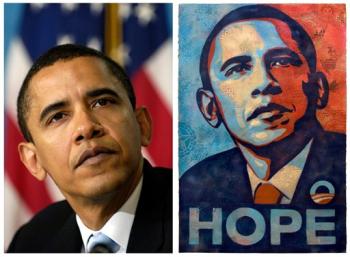The New York Times recently reported a story on the singer and composer Leonard Cohen’s upcoming tour, after a 15-year hiatus from live music performances.
Here is one of Mr. Cohen’s quotes that most grabbed my attention (he is speaking about the ownership of his songs, which have been popularized by other, younger performers):
“My sense of ownership with these things is very weak,” he responded. “It’s not the result of spiritual discipline; it’s always been that way. My sense of proprietorship has been so weak that actually I didn’t pay attention and I lost the copyrights on a lot of the songs.”
When I mentioned this story to C.E. Hanifin, the acclaimed journalist and music critic, she said: “If Leonard Cohen can’t keep track of his copyrights, I’m sure there are a lot of other artists who need help, too.”
Even if you don’t own a Leonard Cohen album, you are probably familiar with some of his songs. As the New York Times article pointed out, many popular artists have covered his works. For example, Cohen’s song “Hallelujah” has been covered more than 200 times by such artists as Jeff Buckley and John Cale.
How different from other artists (like The Beatles) who zealously guard their intellectual property.
So, how does one lose a copyright?
There are several ways. First, you can neglect to read a contract from, say, a manager or corporation like a media company who gets you to assign your creative content rights to them. Along similar lines, you can sell the rights. Or, you can donate them to the commons through a public release, or creative commons-like license. Be wary, since once that copyright is gone it is usually very hard to get back.
Regardless of whether an artist decides to defend or give up their copyrights, every creative person should at least know the basic rules so that they can choose which path to take.
Acknowledgements: C.E. Hanifin.


